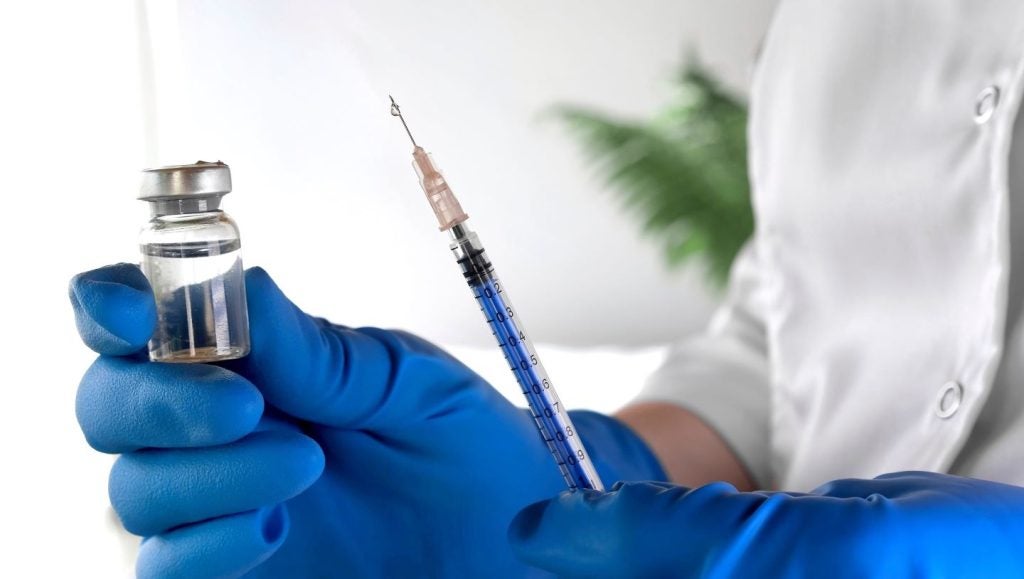
In a recent announcement, the World Health Organization (WHO) highlighted the need for novel antibiotics to combat a variety of bacterial pathogens with frequently encountered antibiotic resistance patterns. These 12 pathogen families were divided into three priority categories, based on the threat level represented by the corresponding resistant strains.
Only Gram negative bacteria are included in the highest (critical) priority category, which places an emphasis on antibiotic resistance patterns frequently encountered in the hospital setting. In particular, carbapenem-resistant bacteria represent a critical need for the development of novel antibiotics or other approaches to combat resistance. An approach growing in popularity to address this problem of increased resistance, especially in hospital-acquired infections (HAIs), are stewardship programs on the international, national, and local level. However, while antibiotic stewardship programs aimed at reducing the usage of antibiotics to prevent development and spreading of resistance mechanisms are crucial and need to be expanded, they are of limited use if no new antibiotics are being developed in the first place.
Although the WHO press release also encourages research for the development of new antibiotics, especially for the Gram negative bacteria typically responsible for HAIs—including Acinetobacter baumanii, Pseudomonas aeruginosa, and Enterobacteriaceae like Escherichia coli and Klebsiella pneumoniae, all pathogens included in the “critical” category—the announcement lacks specific details on how this R&D can be supported. In fact, the new stewardship programs possibly have the unintended consequence of further exacerbating the drought in the antibiotic pipeline.
Expensive drug development can only be profitable if the drug is used or if the company is rewarded through other means. Stewardship programs, however, attempt to limit the usage, especially of new antibiotics, to cases in which no other treatment options are available, artificially reducing their usage.
Hence, an alternative approach to drug sales must be found to incentivize R&D in new antibiotics. These incentives could include approaches currently used for orphan drugs, including voucher programs, tax incentives, or other, simplified approval procedures. Additionally, mandatory purchases, high drug prices, lump sum payments, upon market approval, or partial coverage of research costs by the government represent possible approaches. Unfortunately, none of these approaches are easily implementable without the possibility of abuse and so far no consistent international approach has been developed.
See Also:
Meanwhile, the spread of antibiotic resistance in HAIs continues.
How well do you really know your competitors?
Access the most comprehensive Company Profiles on the market, powered by GlobalData. Save hours of research. Gain competitive edge.

Thank you!
Your download email will arrive shortly
Not ready to buy yet? Download a free sample
We are confident about the unique quality of our Company Profiles. However, we want you to make the most beneficial decision for your business, so we offer a free sample that you can download by submitting the below form
By GlobalData







Related Company Profiles
World Health Organization